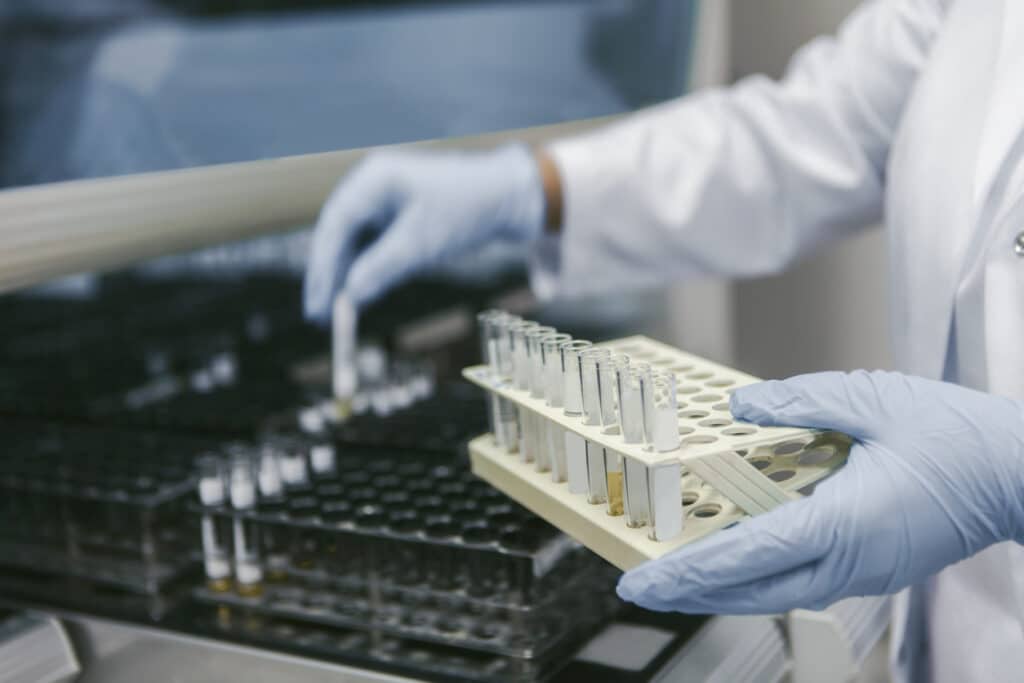Water is a precious resource that we rely on for survival. It is essential for drinking, cooking, cleaning, and various other activities. However, the quality of the water we consume can significantly impact our health and well-being. Many factors can affect water quality from natural occurrences to human activities. You need to know about the different types of contaminants that can be present in water, how water quality is measured, and what you can do to ensure that the water you consume is safe and healthy.
Types of Water Contaminants
One of the most significant factors that can impact water quality is the presence of contaminants. Many different contaminants can be present in water, ranging from naturally occurring minerals and bacteria to chemicals and pollutants. Microorganisms such as bacteria, viruses, and others can be present in water and can cause illness if consumed.
These contaminants can come from various sources, including animal waste and sewage. Chemicals such as pesticides, herbicides, and fertilizers can enter water sources through runoff from agricultural and industrial activities. Heavy metals such as lead and mercury can also contaminate water sources. Naturally occurring minerals like arsenic, fluoride, and iron can be present in water and can cause health problems if consumed in large amounts.
Water Quality Testing
Water quality is typically measured using a variety of tests that look for different types of contaminants. Some of the most common tests are bacterial, chemical, and physical.
Bacterial tests look for the presence of bacteria such as E. coli, which can indicate that the water is contaminated with fecal matter. Chemical tests look for the existence of chemicals such as pesticides and heavy metals. Physical tests look at the physical characteristics of the water, such as its color, odor, and turbidity.
Water quality testing is typically conducted by state and local health departments or private laboratories. The results of these tests are used to determine whether the water is safe for consumption and identify any potential contamination sources.
Water Treatment
Many different types of water treatment methods can remove contaminants from water. The most common methods include filtration, disinfection, and reverse osmosis.
Filtration involves passing water through a filter that removes contaminants such as sediment and bacteria. Disinfection involves using chemicals like chlorine or ozone to kill bacteria and other microorganisms in the water. Reverse osmosis uses a semi-permeable membrane to remove contaminants from water.
The specific method used to treat water will depend on the type and level of contaminants present. It is important to note that while water treatment can remove many contaminants, it may not remove all of them.
Ensuring the Safety of Drinking Water
You can do several things to make sure the water you consume is safe and healthy. These include using a water filter, testing your water regularly, being aware of potential sources of contamination, and following local advisories.
Using a water filter can help remove contaminants from your drinking water. Having your water tested regularly can help you identify any potential issues and ensure your water is safe for consumption. Knowing where your water comes from and being aware of potential sources of contamination can help you take steps to protect yourself from harmful contaminants. If there are any local advisories or warnings regarding water quality, heed them.
Water quality is a critical issue that affects us all, and it’s essential to understand the different types of contaminants that can be present in our water sources. Whether you need testing, treatment, or filtration, consult Sunshine Water Systems for top-notch water filtration and purification services for residents of Ocala, FL and the surrounding areas. Trust us to provide effective and reliable solutions for high-quality, safe drinking water.






